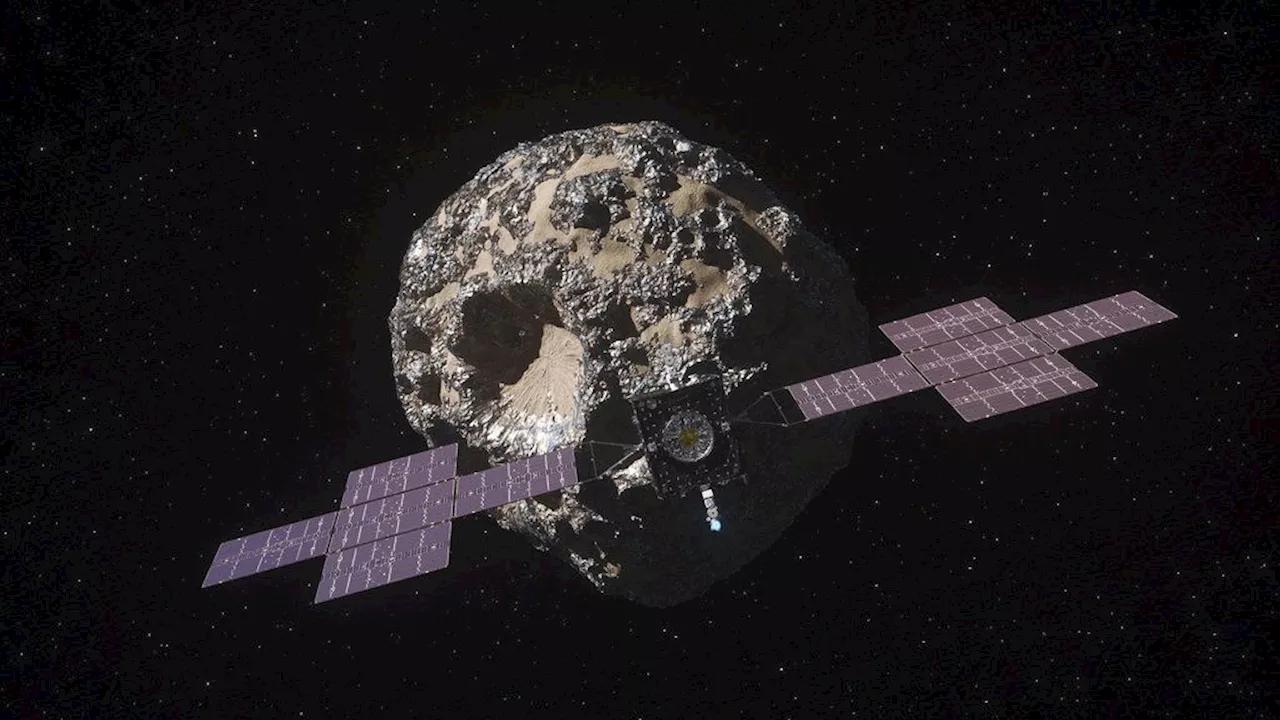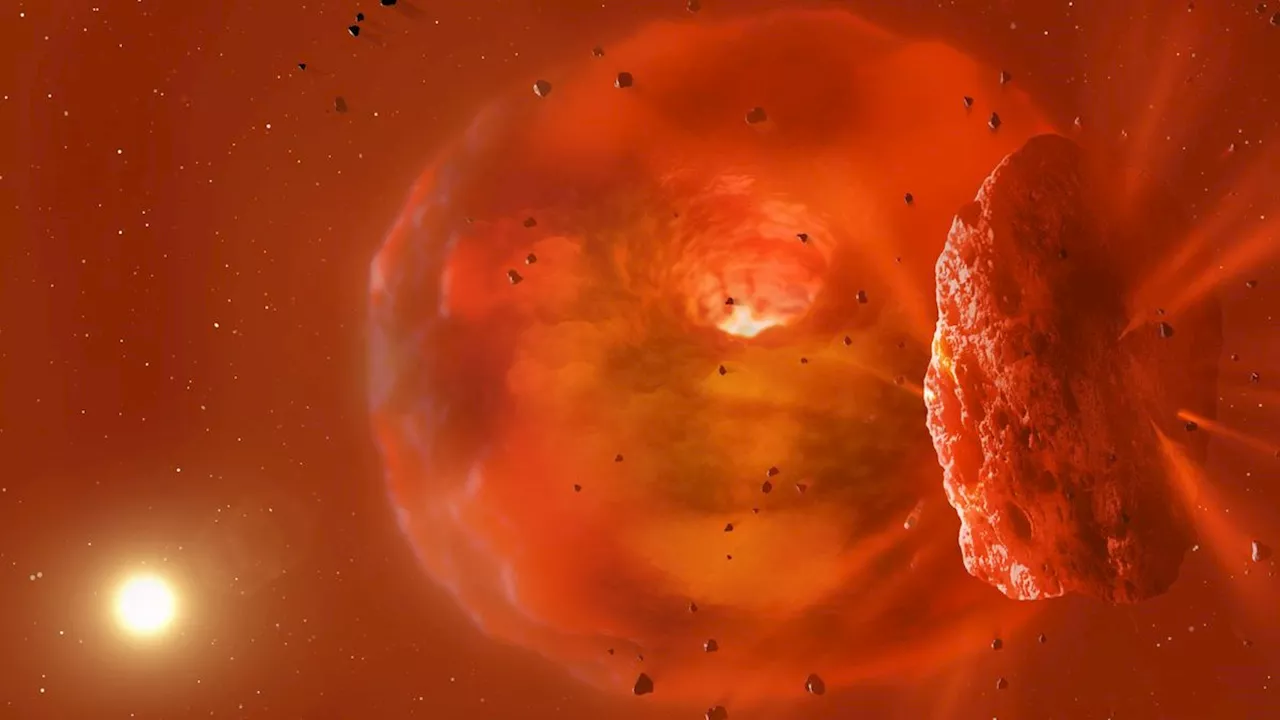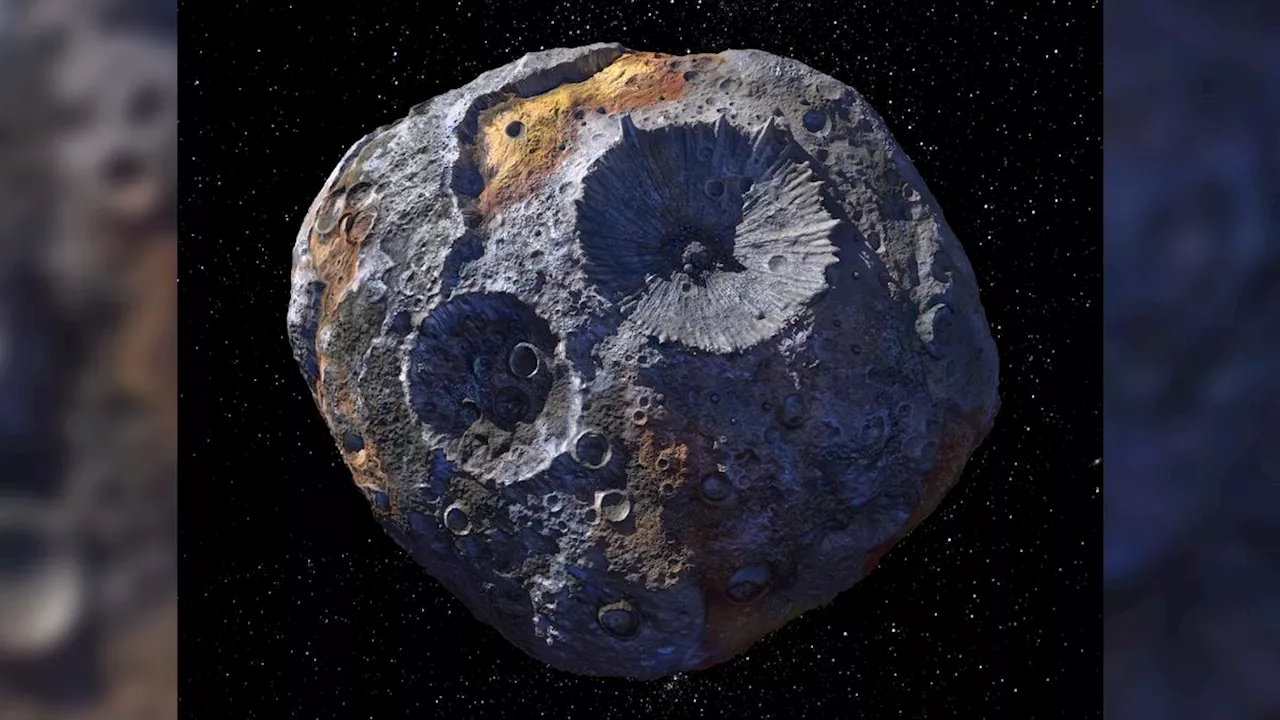In a new Science Advances study, scientists from the University of Science and Technology of China have developed a dynamic network structure using laser-controlled conducting filaments for neuromorphic computing.
retrieved 12 October 2023 from https://phys.org/news/2023-10-elevating-neuromorphic-laser-controlled-filaments-vanadium.html
This document is subject to copyright. Apart from any fair dealing for the purpose of private study or research, no part may be reproduced without the written permission. The content is provided for information purposes only.Use this form if you have come across a typo, inaccuracy or would like to send an edit request for the content on this page. For general inquiries, please use ourThank you for taking time to provide your feedback to the editors.
Your feedback is important to us. However, we do not guarantee individual replies due to the high volume of messages.to let the recipient know who sent the email. Neither your address nor the recipient's address will be used for any other purpose. The information you enter will appear in your e-mail message and is not retained by Phys.org in any form.Get weekly and/or daily updates delivered to your inbox.
This site uses cookies to assist with navigation, analyse your use of our services, collect data for ads personalisation and provide content from third parties. By using our site, you acknowledge that you have read and understand our
United States Latest News, United States Headlines
Similar News:You can also read news stories similar to this one that we have collected from other news sources.
 NASA unveils asteroid sample that could reveal details about life on EarthDenise Chow is a reporter for NBC News Science focused on general science and climate change.
NASA unveils asteroid sample that could reveal details about life on EarthDenise Chow is a reporter for NBC News Science focused on general science and climate change.
Read more »
 NASA's Psyche metal asteroid mission launches this week: Here's what you need to knowRobert Lea is a science journalist in the U.K. whose articles have been published in Physics World, New Scientist, Astronomy Magazine, All About Space, Newsweek and ZME Science. He also writes about science communication for Elsevier and the European Journal of Physics. Rob holds a bachelor of science degree in physics and astronomy from the U.K.’s Open University. Follow him on Twitter sciencef1rst.
NASA's Psyche metal asteroid mission launches this week: Here's what you need to knowRobert Lea is a science journalist in the U.K. whose articles have been published in Physics World, New Scientist, Astronomy Magazine, All About Space, Newsweek and ZME Science. He also writes about science communication for Elsevier and the European Journal of Physics. Rob holds a bachelor of science degree in physics and astronomy from the U.K.’s Open University. Follow him on Twitter sciencef1rst.
Read more »
 NASA's Perseverance Mars rover is on the move! Here's what it will do at 'Jurabi Point.'Robert Lea is a science journalist in the U.K. whose articles have been published in Physics World, New Scientist, Astronomy Magazine, All About Space, Newsweek and ZME Science. He also writes about science communication for Elsevier and the European Journal of Physics. Rob holds a bachelor of science degree in physics and astronomy from the U.K.’s Open University. Follow him on Twitter sciencef1rst.
NASA's Perseverance Mars rover is on the move! Here's what it will do at 'Jurabi Point.'Robert Lea is a science journalist in the U.K. whose articles have been published in Physics World, New Scientist, Astronomy Magazine, All About Space, Newsweek and ZME Science. He also writes about science communication for Elsevier and the European Journal of Physics. Rob holds a bachelor of science degree in physics and astronomy from the U.K.’s Open University. Follow him on Twitter sciencef1rst.
Read more »
 Astronomers spot violent afterglow of 2 massive planets that collided in a distant star systemRobert Lea is a science journalist in the U.K. who specializes in science, space, physics, astronomy, astrophysics, cosmology, quantum mechanics and technology. Rob's articles have been published in Physics World, New Scientist, Astronomy Magazine, All About Space and ZME Science. He also writes about science communication for Elsevier and the European Journal of Physics. Rob holds a bachelor of science degree in physics and astronomy from the U.K.’s Open University
Astronomers spot violent afterglow of 2 massive planets that collided in a distant star systemRobert Lea is a science journalist in the U.K. who specializes in science, space, physics, astronomy, astrophysics, cosmology, quantum mechanics and technology. Rob's articles have been published in Physics World, New Scientist, Astronomy Magazine, All About Space and ZME Science. He also writes about science communication for Elsevier and the European Journal of Physics. Rob holds a bachelor of science degree in physics and astronomy from the U.K.’s Open University
Read more »
 Is less more? Or is less sometimes less? Examining the consumer trend toward minimalist packagingResearchers from Texas Christian University, University of Illinois Urbana-Champaign, and University of Georgia published a new Journal of Marketing article that examines the consumer trend towards minimalist packaging in consumable products.
Is less more? Or is less sometimes less? Examining the consumer trend toward minimalist packagingResearchers from Texas Christian University, University of Illinois Urbana-Champaign, and University of Georgia published a new Journal of Marketing article that examines the consumer trend towards minimalist packaging in consumable products.
Read more »
 Metal asteroid Psyche has a ridiculously high 'value.' But what does that even mean?Rebecca Sohn is a freelance science writer. She writes about a variety of science, health and environmental topics, and is particularly interested in how science impacts people's lives. She has been an intern at CalMatters and STAT, as well as a science fellow at Mashable.
Metal asteroid Psyche has a ridiculously high 'value.' But what does that even mean?Rebecca Sohn is a freelance science writer. She writes about a variety of science, health and environmental topics, and is particularly interested in how science impacts people's lives. She has been an intern at CalMatters and STAT, as well as a science fellow at Mashable.
Read more »
